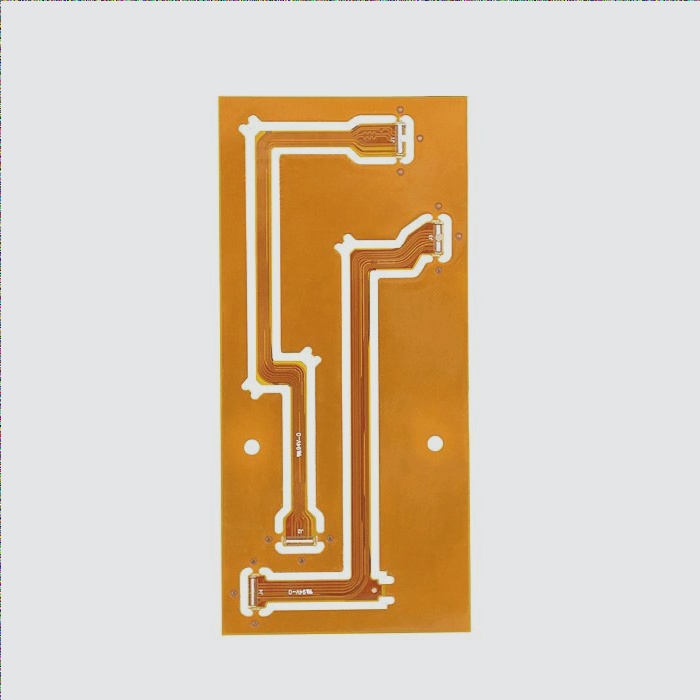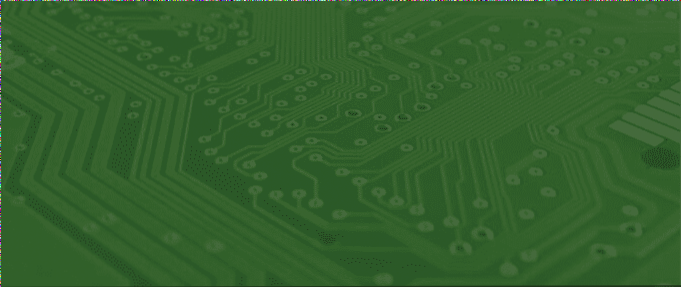FPC Plating Process: Enhancing Circuit Board Size and Conductivity
FPC plating, also known as Flexible Printed Circuit Board plating, is a crucial process in the manufacturing of electronic devices. It involves applying an electrolyte to a flexible PCB and then plating it using an electric current. The main goal of FPC plating is to improve the size and conductivity of the circuit board, allowing it to handle higher currents and voltages effectively.

Advantages and Disadvantages of FPC Plating
- Advantages: FPC plating offers benefits such as high precision, speed, increased board size, and complexity, along with enhanced durability and reliability.
- Disadvantages: However, drawbacks include the need for expensive equipment, materials, and skilled labor. There are also environmental and health concerns due to the generation of hazardous waste and chemicals.
During the FPC plating process, it is essential to address potential issues like contamination on the copper conductor surface. Contaminants can lead to oxidation and discoloration, affecting the overall quality of the circuit board.

Optimizing FPC Plating Thickness
The thickness of FPC plating plays a critical role in the electric field strength of the plated metal. To ensure uniform coating thickness, especially in areas with varying line widths, a shunt cathode pattern can be utilized to absorb uneven current distribution.
Furthermore, careful attention to pre-treatment cleaning processes is crucial to prevent issues like overlay peeling or solder penetration. By optimizing electrode structures and setting appropriate coating thickness standards based on specific requirements, the quality and performance of flexible PCBs can be significantly enhanced.
Quality Control and Inspection
While freshly plated FPCs may appear clean, smudging, dirt, and discoloration can occur over time. Regular inspection at the manufacturing facility is necessary to ensure the overall quality and appearance of the circuit boards.

